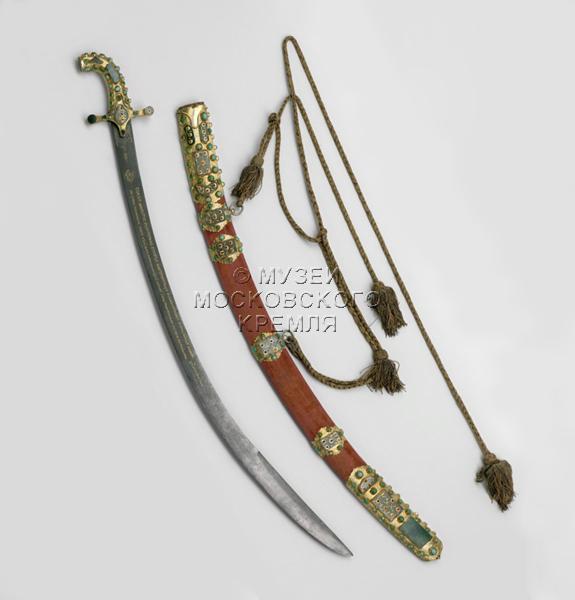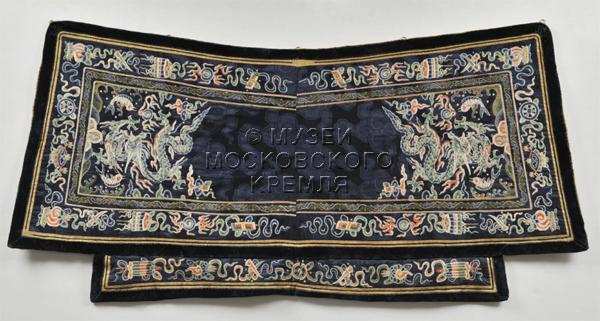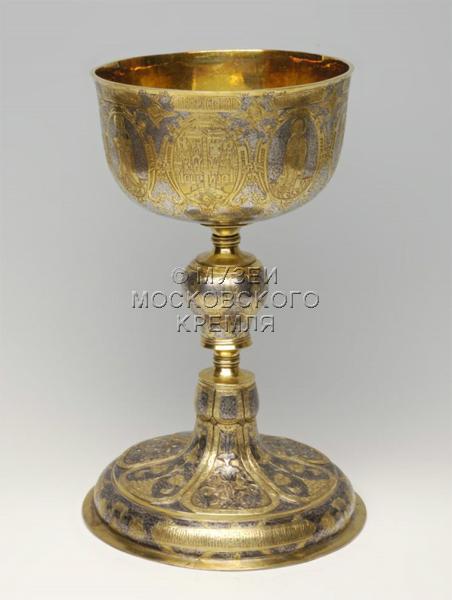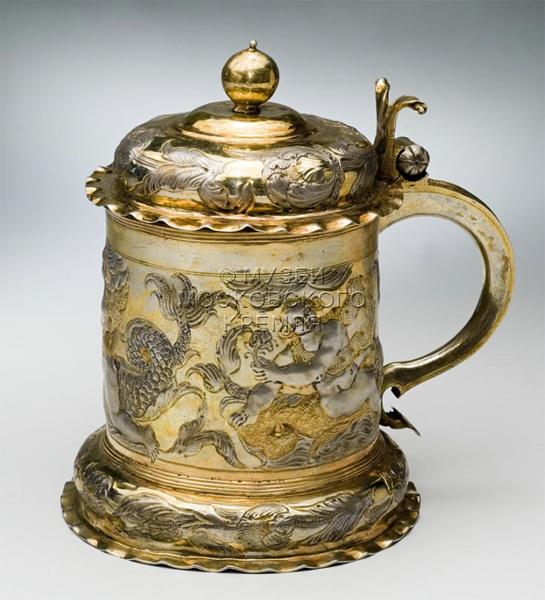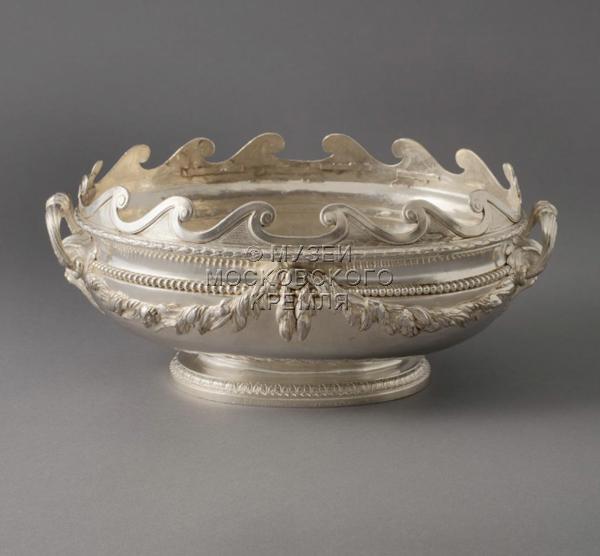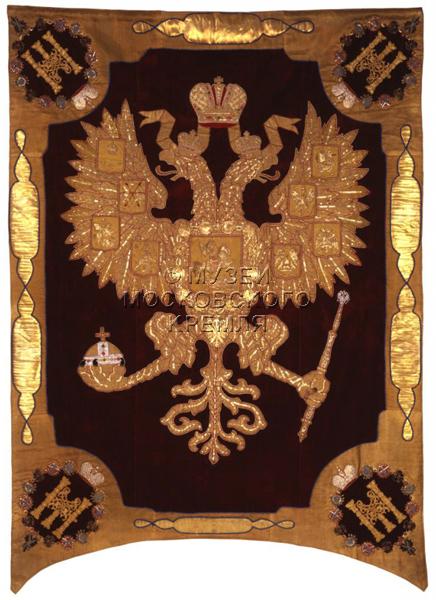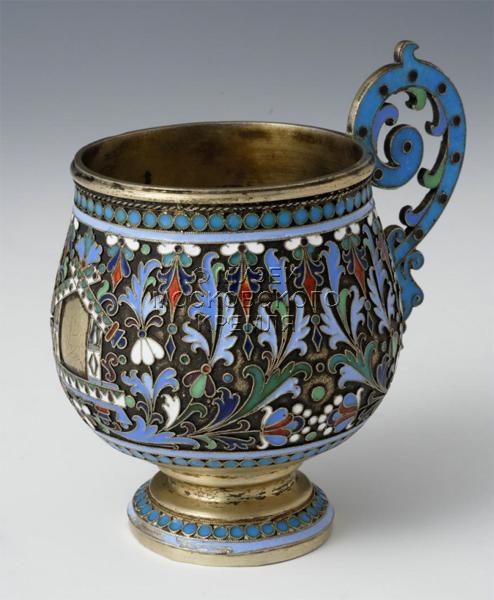September, 29, 2011 - January, 22, 2012
the exhibition hall of the Museum-Reserve "The Kazan Kremlin"
- Organised by:
- the Moscow Kremlin Museums, the State Historical and Architectural Museum-Reserve "The Kazan Kremlin"
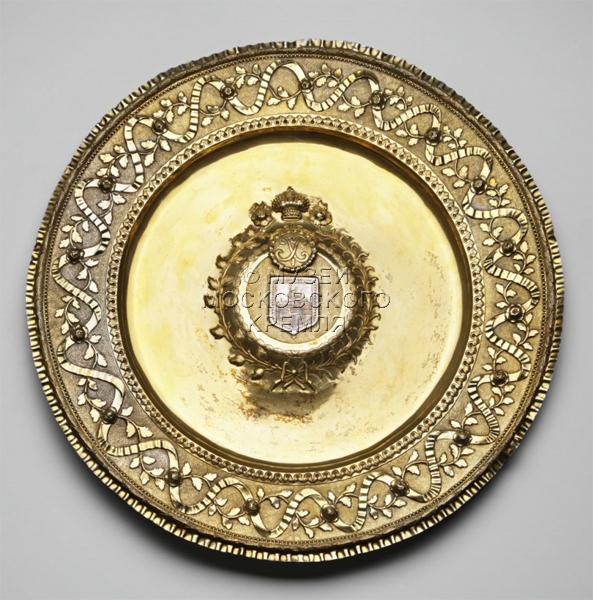 At the exhibition in the Kremlin of Kazan the Moscow Kremlin museums present the collection of high artistic and cultural value from the Armoury Chamber, which has been formed during the reigns of several Moscow sovereigns and has been closely related to the Russian history.
At the exhibition in the Kremlin of Kazan the Moscow Kremlin museums present the collection of high artistic and cultural value from the Armoury Chamber, which has been formed during the reigns of several Moscow sovereigns and has been closely related to the Russian history.
The display includes over a hundred items and covers the period from the development of the Moscow state to the time of the last coronation ceremony, carried out in the Kremlin in 1896. The exposition starts with the basic artworks within the Armoury collection, i.e. the items of the late XVIth-XVIIth centuries, which were executed by craftsmen of the Kremlin workshops, granted to Tsars as ambassadorial gifts and purchased abroad for the palace treasury. The visitors will see pieces of goldsmithery and ceremonial horse harness, fabrics, weapons and armour. Almost all the exhibits are both wonders of delicate workmanship and monuments of the Russian history of art.
Remarkable cultic objects and church utensils executed in royal and patriarchal workshops of the Kremlin in the XVth-XVIIth centuries are displayed within the exhibition. Many of them were created on orders of Great Moscow Princes, Russian Tsars and Metropolitans as donations to the Kremlin churches. The visitors will admire liturgical vessels made of precious metals and decorated with various techniques of metalworking, and a precious liturgical veil from the sacristy of the Archangel's Cathedral with an image of Our Lady of the Sign sewn on to it, which serves as a representation of the art of Russian pictorial artistic embroidery.
A group of the rare seen valuable articles dating back to the time of Peter I reveals the intensive period of social, administrative and political reforms, carried out by the first Russian Emperor, as well as a significant transformation in the field of Russian culture and arts in the early XVIIIth century. The most noteworthy articles of the section are the kaftan and camisole from the wardrobe of Emperor Peter II.
As the domestic and foreign policy pursued by Empress Catherine the Great has been intended to enhance the prestige of the country, demand increased for representative luxurious artworks, which were used during solemn official ceremonies. For decorating formal receptions, which were held in centers of the regions ruled by governor-generals, appointed by the Empress, the most distinguished jewellers from London, Paris, Augsburg and Saint-Petersburg were commissioned to create special silver tableware. Five items from such a precious ceremonial service – the Kazan set – are displayed within the exhibition. These renovated masterpieces have been transferred from the Moscow Kremlin for the first time to accompany the exhibition in the city, for which the service had been executed by order of Empress Catherine II. A silver dish and a cup, presented within the exhibition, had been also made by the Kazan goldsmiths.
The last section covers the XIXth century period, the time of the resurgence of interest in medieval Russian motifs and artistic techniques that led to a revival of the cloisonne enamel, remarkable for the variety of its forms and expressiveness. Here the production of the Khlebnikov firm as well as the priceless historical relics related to the coronation of Nicholas II are on display. Item of exceptional value is the coronation baldachin embroidered with coat of arms of the Russian Empire and monograms of the widow Empress Maria Fyodorovna, the mother of Nicholas II.
The exhibition, composed of such precious historical monuments, is worthy of visiting for everyone, who is interested in history and culture of Russia.


